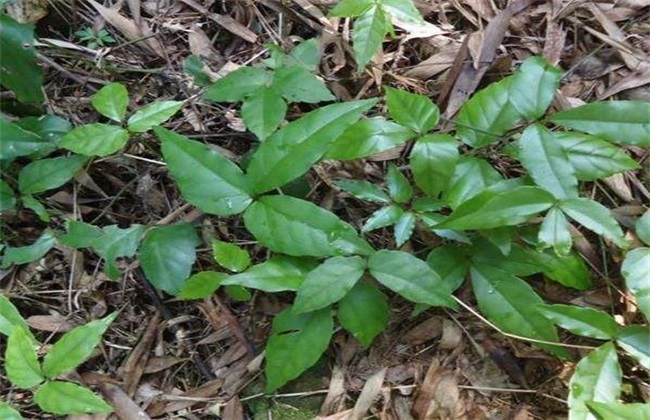Planting management methods of Schizonepeta tenuifolia
Schizonepeta tenuifolia, also known as Cardamine, is a commonly used Chinese herbal medicine, which has the effect of dispelling wind and cooling blood, mainly for the treatment of cold, fever, headache and vomiting. Generally use stems, leaves and flowers as medicine, which are perennial herbaceous plants. At present, artificial cultivation is mainly in Jiangsu, Jiangxi, Hubei, Hebei, Anhui and other areas. After having some management experience in artificial cultivation, it will be introduced to you.

1. Seedling stage
After raising seedlings and sowing seeds, the seedlings can grow to about 5 cm. At this time, the seedlings are almost all, and the seedlings are too small to see the strength, and the seedlings are too late to consume soil nutrients. After the seedlings, apply light fertilizer and water once, and then continue to cultivate, grow to 10 cm, you can transplant, transplant too late to damage the root system, transplanting should be carried out in cloudy and rainy days, which is beneficial to root recovery and reduce transpiration. Transplanting should bring some soil to protect the roots.
2. Loosen the soil and weed
In the whole planting time, rain, or watering, natural deposition, will cause soil consolidation, compaction, is not conducive to root respiration, must be loosened. Loosen the soil not too deep, shallow loose soil, about 4 cm deep is best, do not hurt the root system. In the seedling can be combined with loosening soil once, loosening soil about 3 centimeters, transplanting normal to before flowering can loosen soil once, later can see the situation to loosen soil. Every time you loosen the soil, you should dig up the weeds at the same time and pile them up to make fertilizer.
3. Fertilizer and water
Seedlings need more fertilizer, so the seedling stage needs more fertilization and watering, but mainly grow plants, so mainly apply nitrogen fertilizer. Transplanting slow seedling stage can only use light fertilizer and water to avoid root damage, a month after the end of slow seedling can use a higher concentration of fertilizer, generally apply more potash fertilizer, at this time the drought resistance is strong, watering times is reduced to once every two months, if drought in summer, can be more watering, applying farm manure, about 150 jin per mu of fertilizer. It can grow naturally after summer.
4. Harvest and treatment
The harvested Schizonepeta tenuifolia needs to be dried or dried and should not be accumulated. In order to plant seeds in the coming year, we need to choose to keep the seeds and harvest the seeds after the seeds are ripe. When harvesting, the whole plant should be uprooted, the soil removed, then dried, and then the seeds taken. Other harvest can directly take the flower ear, or the whole plant, in addition, take the flower ear and then the whole plant.
Schizonepeta tenuifolia planting is mainly in the seedling period to the whole growth period of management, to protect seedlings, cultivate strong seedlings, after transplanting should often loosen the soil and weed, help root growth, and combined with fertilization to ensure vegetative growth, the final harvest should be carried out in accordance with certain needs.
Related
- Fuxing push coffee new agricultural production and marketing class: lack of small-scale processing plants
- Jujube rice field leisure farm deep ploughing Yilan for five years to create a space for organic food and play
- Nongyu Farm-A trial of organic papaya for brave women with advanced technology
- Four points for attention in the prevention and control of diseases and insect pests of edible fungi
- How to add nutrient solution to Edible Fungi
- Is there any good way to control edible fungus mites?
- Open Inoculation Technology of Edible Fungi
- Is there any clever way to use fertilizer for edible fungus in winter?
- What agents are used to kill the pathogens of edible fungi in the mushroom shed?
- Rapid drying of Edible Fungi



